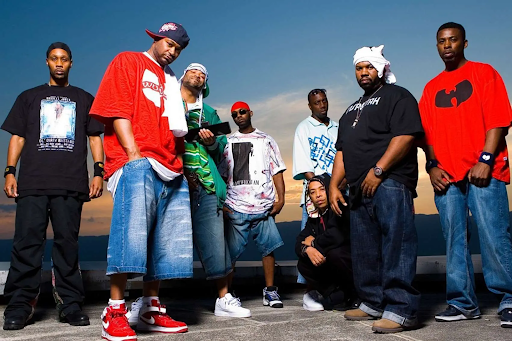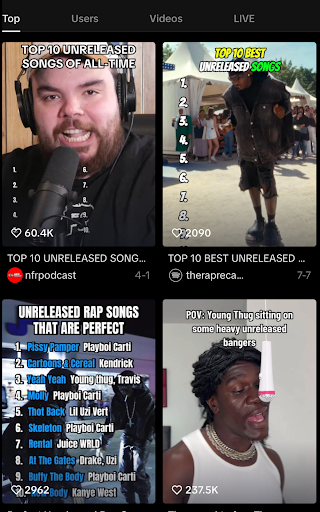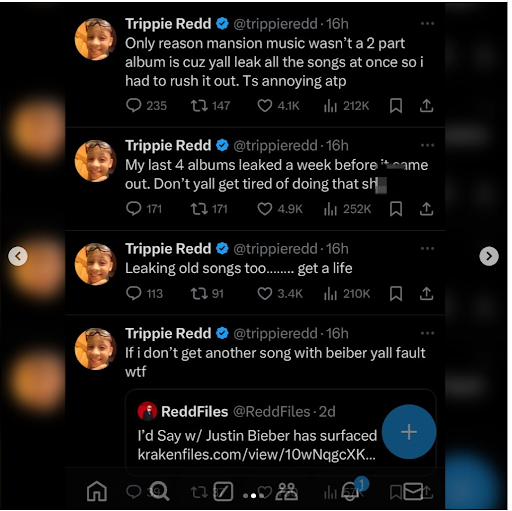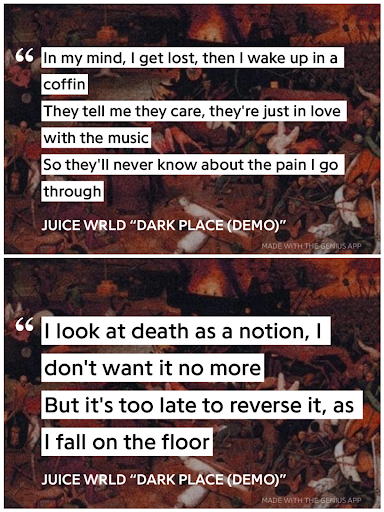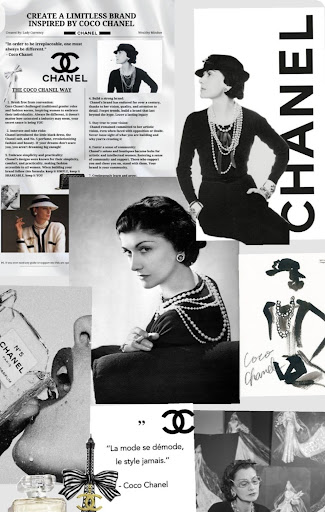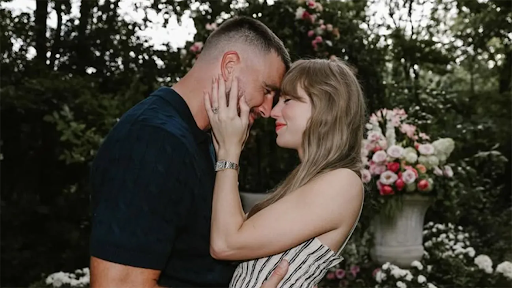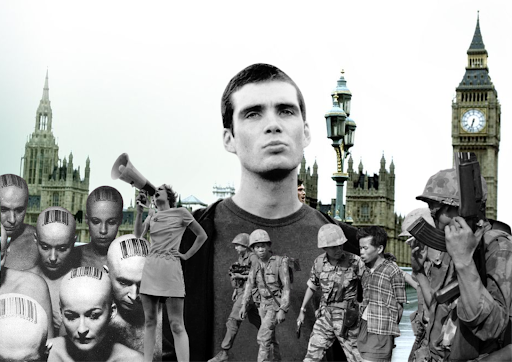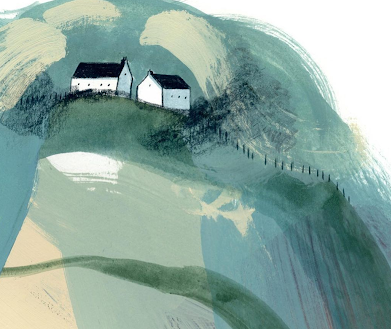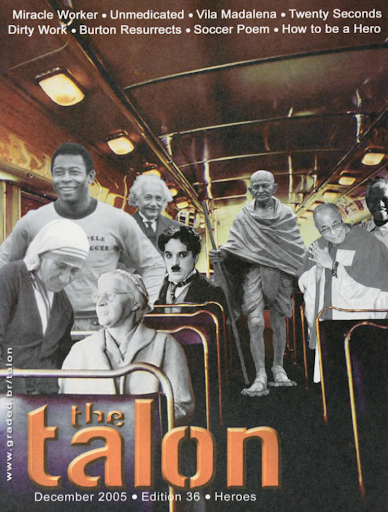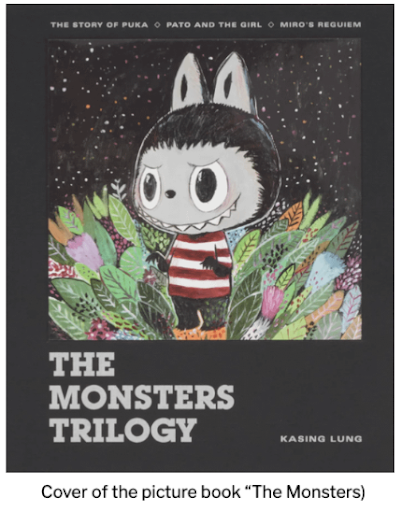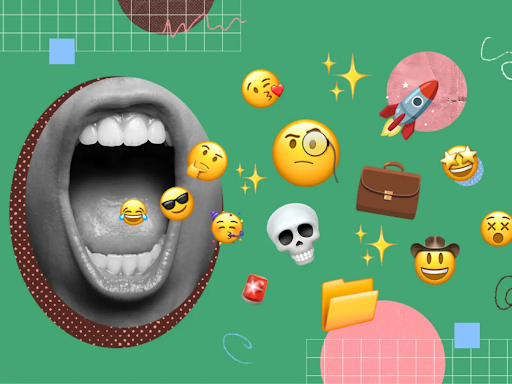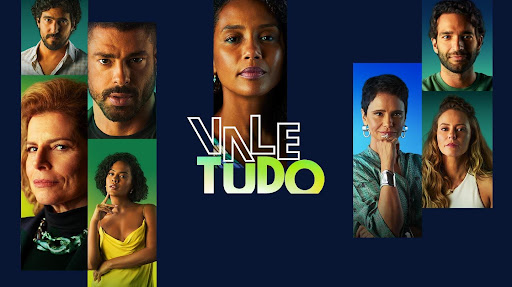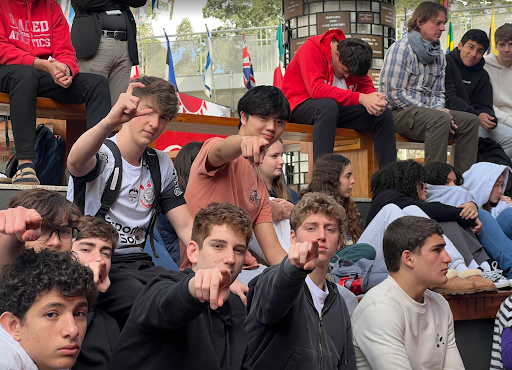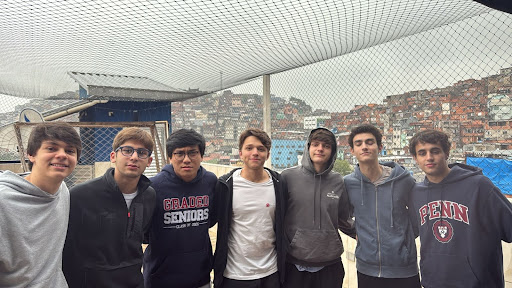Rap music is one of the most important parts of teen life right now. For Gen Z it goes beyond just making music, It’s a culture we live in everyday. One thing that makes rap different is how quickly songs spread. For example, a snippet of a Drake or Travis Scott Song can leak online and go viral on TikTok before it is even released, For example there are lists made on TikTok by users such as NFR Podcast .
Teens share these tracks online, especially through social media, which makes fans feel like they are part of a smaller exclusive group. The screenshot below of rapper Trippe Redd’s posts show how frustrated artists can get when their music leaks early online. Even though it creates hype, it also proves how much power fans and online communities have in shaping rap culture.
Rap also influences how we dress and talk. Artists inspire fashion trends like baggy jeans, graphic tees and sneakers. When rappers like A$AP ROCKY or Playboi Carti wear certain brands, these styles end up trending in schools and malls or everywhere outdoors. For example, brands like Nike and Supreme make billions every year, and part of their success comes from being connected to rap culture.
Travis Scott’s Nike collaborations have sold out instantly and even resell online for thousands of dollars. A very good example of this is if you look for Travis Scott shoes in Brazil, you can only find them on retailers such as FARFETCH for sky-high resale prices.
Rap’s influence on fashion and style is undeniable. At school and online, it’s easy to notice many teens wearing Jordans, Yeezys, or shirts with popular logos just to feel part of the culture. Slang from lyrics show up in everyday conversations. For example, phrases like “that’s tuff” or “drip” started in rap songs and are now just part of how we talk.
The music doesn’t just stay in the background, it impacts the way we present ourselves. Another example is in these two images below, Here you can see A$AP ROCKY and another group of rap influenced group. Here you can see the commonly used baggy jeans or baggy jorts, you can also see A$AP ROCKY wearing Timberland Boots which have been going viral recently and are very popular among fashion and rap culture as well as the Wu-Tang Clan shirts and oversized shirts and even Nike shoes proving the deep link that Nike has with Rap culture.
Another important part is how the songs reflect feelings. Behind the hype and energy, there are tracks about struggles, goals or even heartbreak. Juice WRLD, for example, constantly rapped openly about his mental health and heartbreak, which made his music feel real to teens who go through the same things.
This emotional side isn’t just shown by male rappers, female rappers also do this in their own way. For example, Nicki Minaj has songs like “Pills N Potions” that deal with heartbreak and trust, while Megan Thee Stallion has shared tracks about strength and recovery after personal struggles. That’s why rap connects so much with teens, it matches what many teens go through.
Still, rap culture has some issues. Sometimes hype matters more than the music itself, or only certain artists get promoted while others are ignored. For example, mainstream platforms often push songs that are catchy for TikTok dances, while deeper or less commercial tracks don’t get the same attention.
Critics also argue that some rap can be “too violent, glorify drugs or even flex culture and include sexist language. These points are real and are worth acknowledging, but even with these problems, the culture stays strong because it’s built on how we share, stream and support the music we like.
Writing about this makes me realize that rap isn’t just background noise. It influences everything we do like how we dress, how we speak, and how we even deal with emotions. It even shapes how we live and see ourselves, and even creates communities and how people connect with each other.

